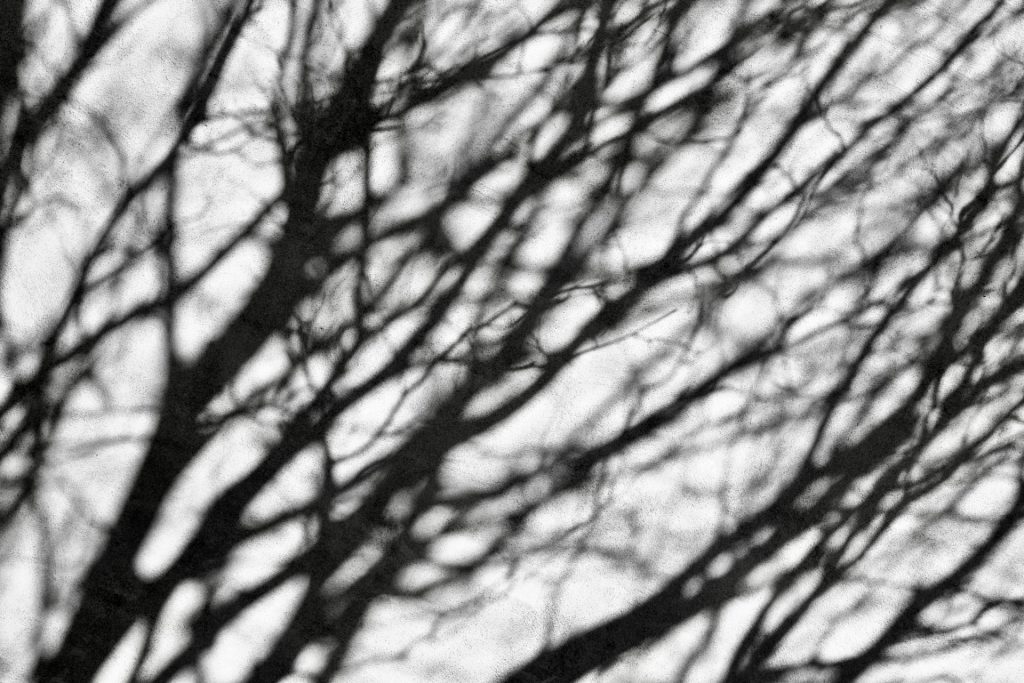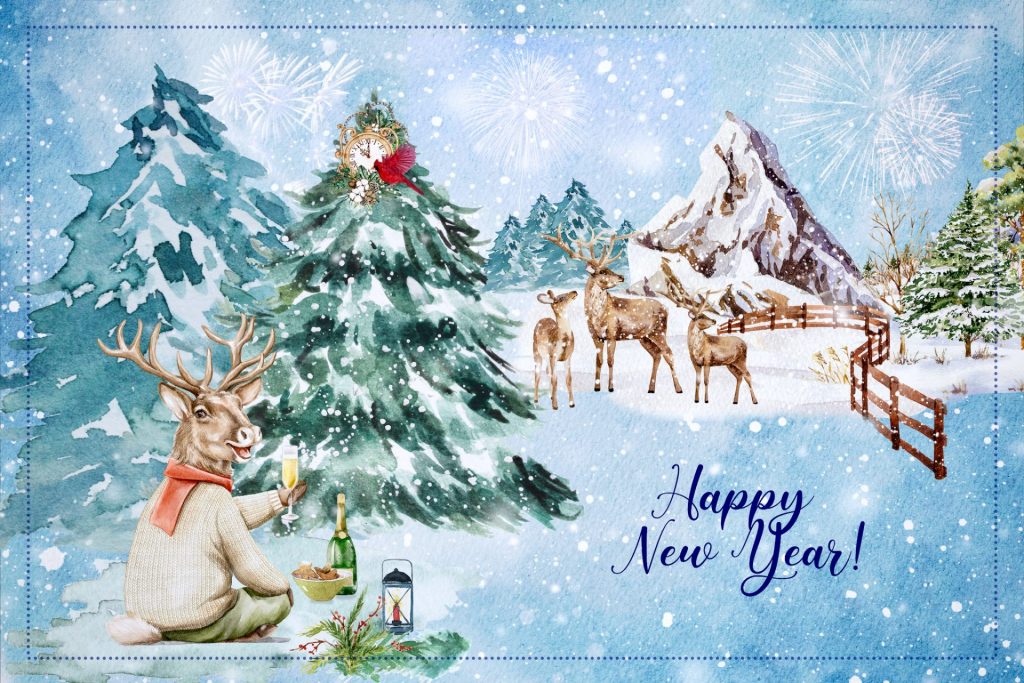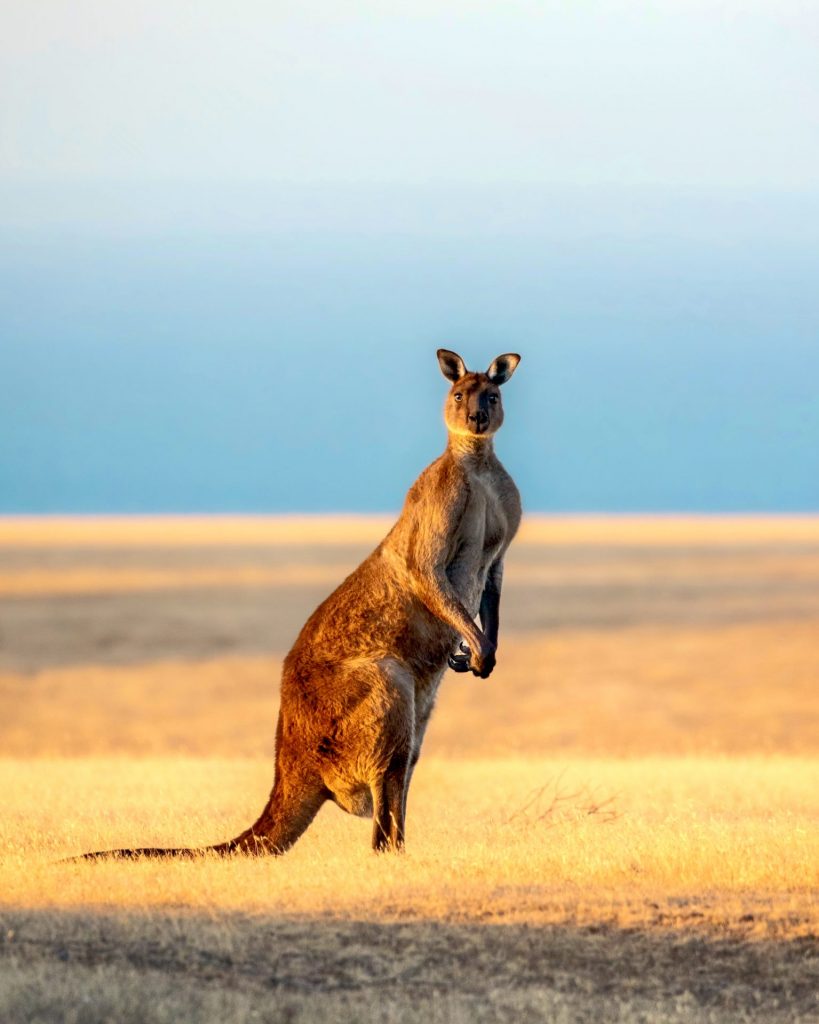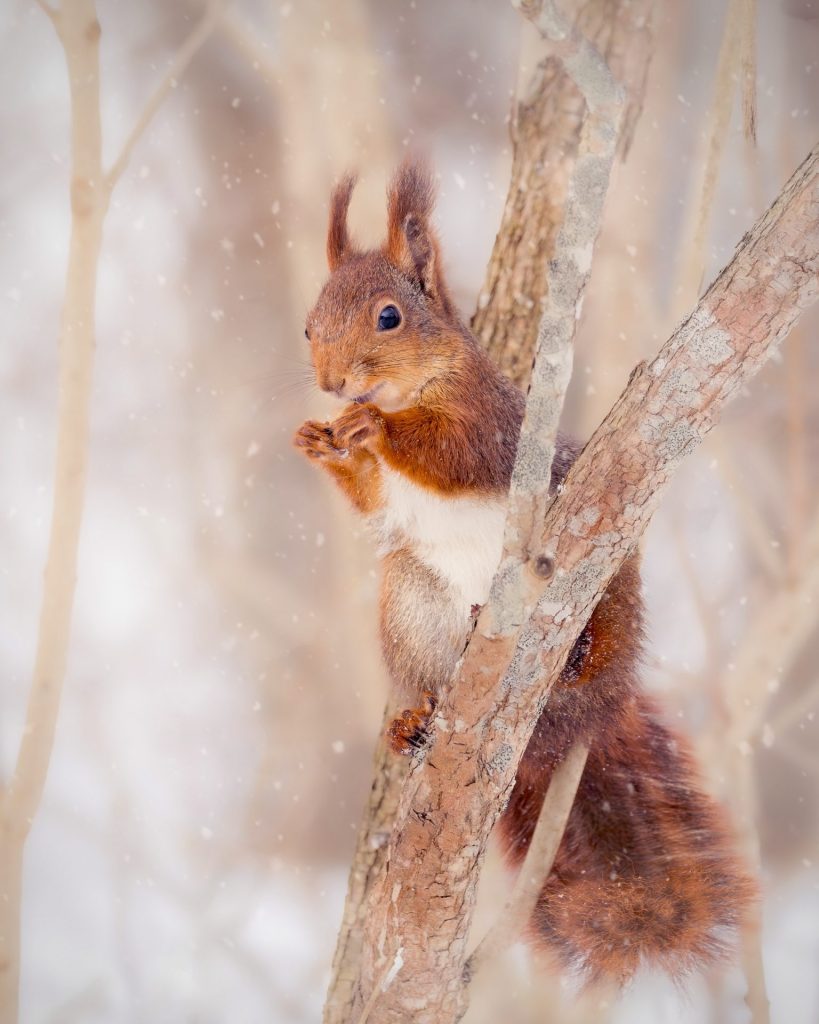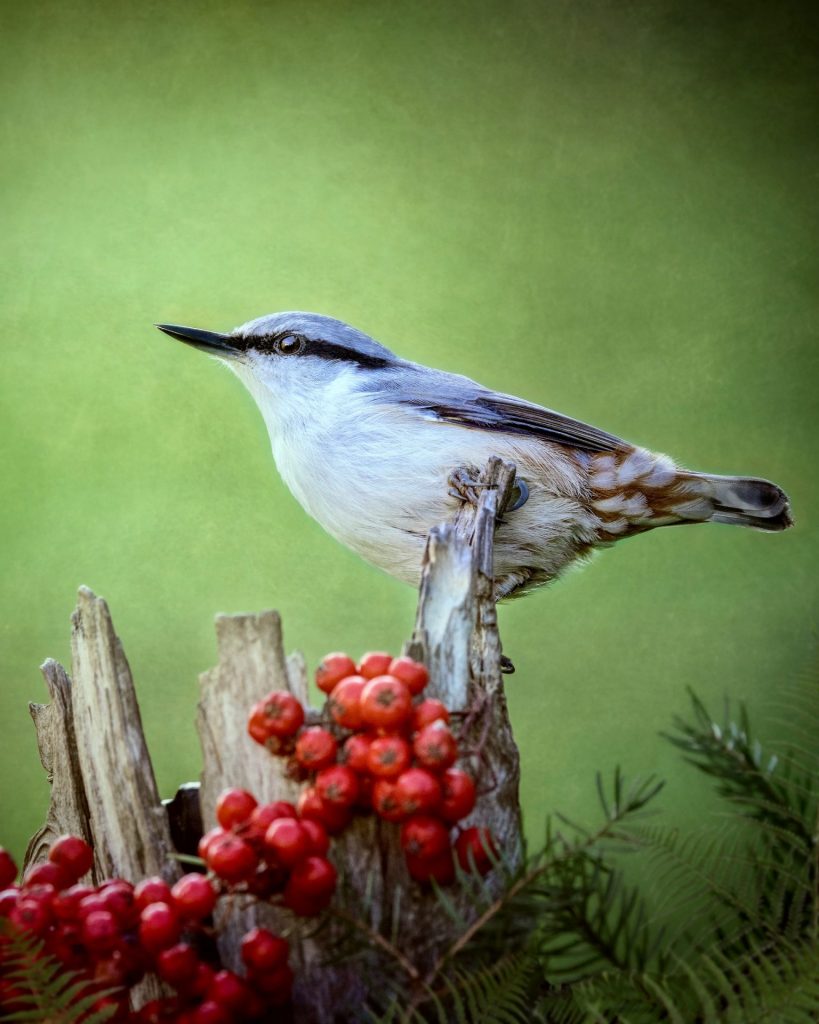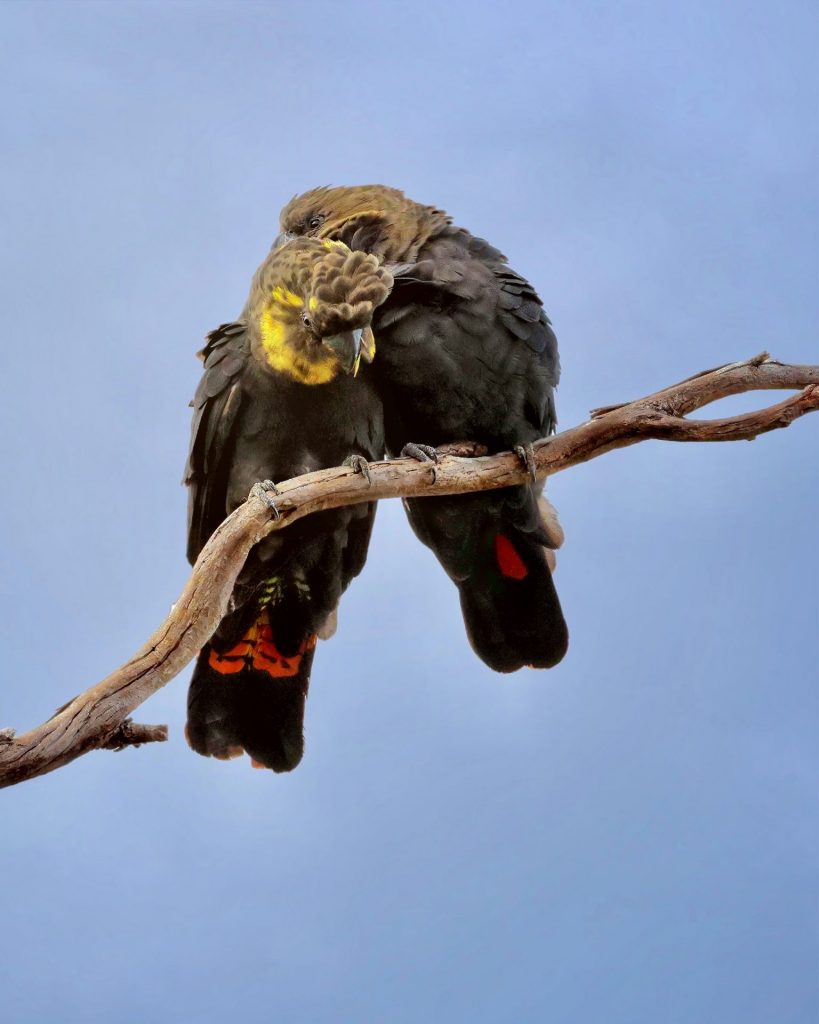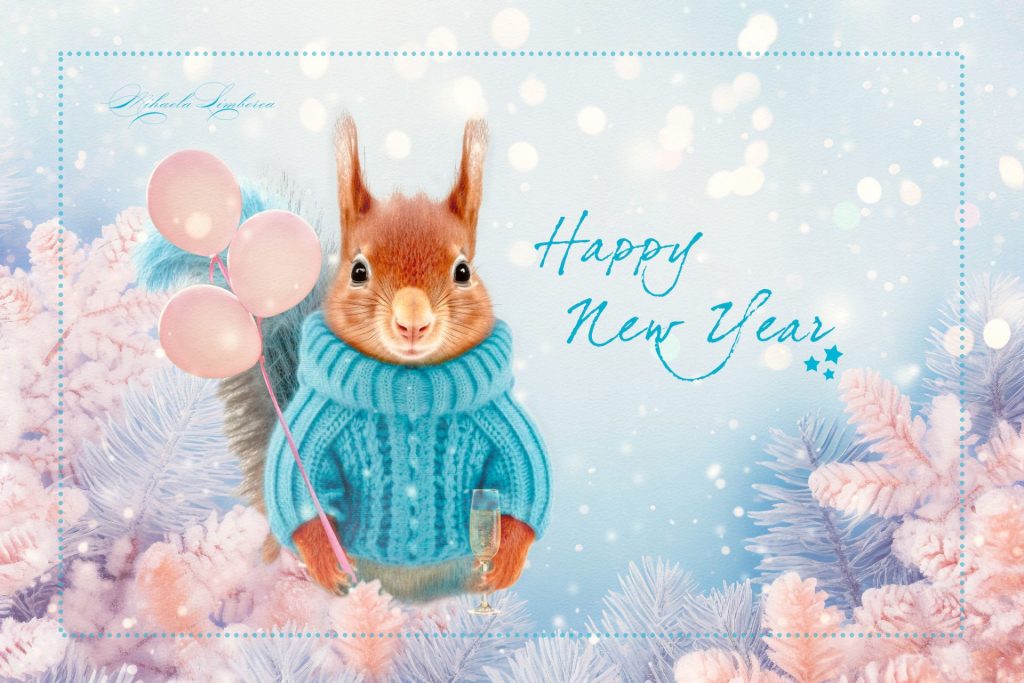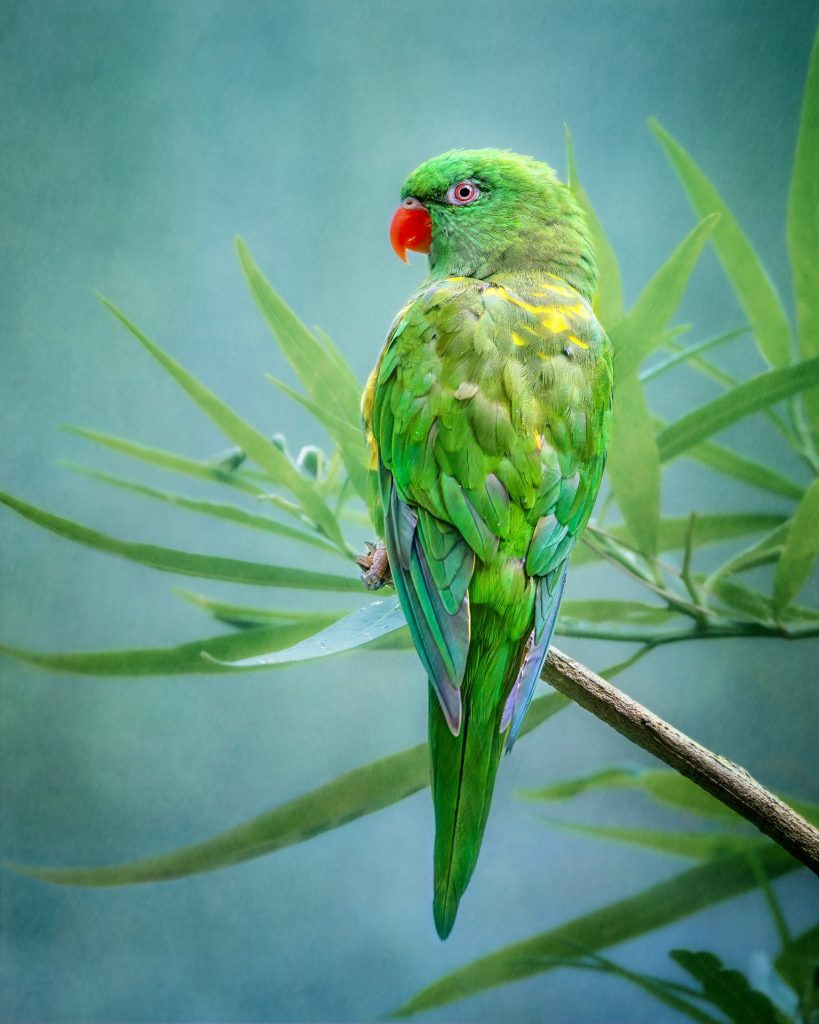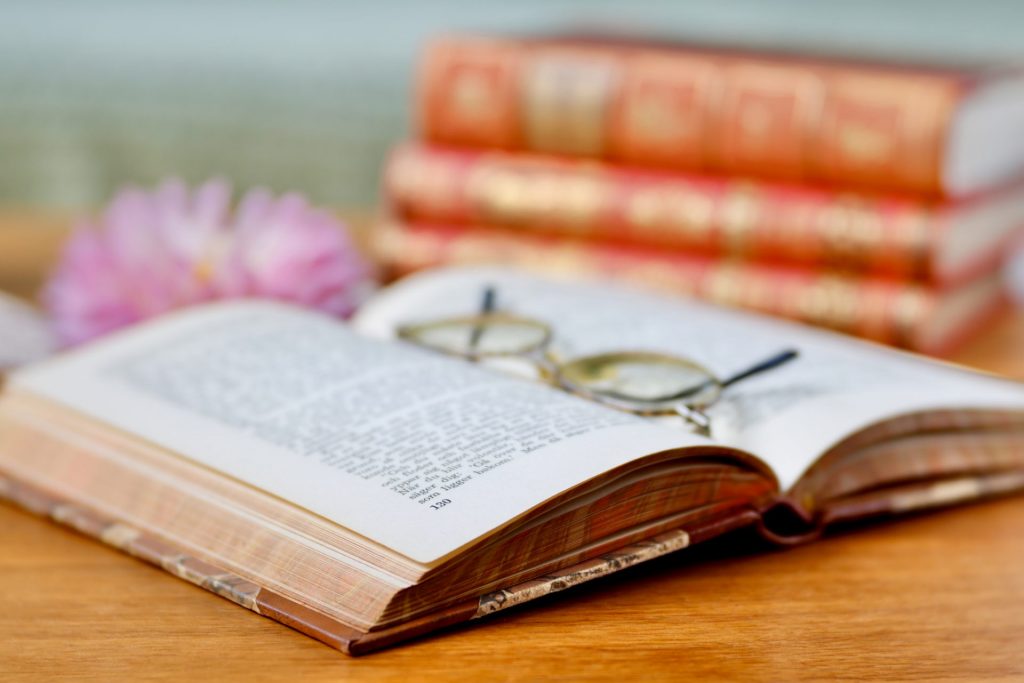
There is no Life or Death,
Only activity
And in the absolute
Is no declivity.
There is no Love or Lust
Only propensity
Who would possess
Is a nonentity.
There is no First or Last
Only equality
And who would rule
Joins the majority.
There is no Space or Time
Only intensity,
And tame things
Have no immensity.
Mina Loy (1882 – 1966) was a British-born artist, writer, poet, and painter labeled as a Futurist, Dadaist, Surrealist, feminist, conceptualist, modernist, and post-modernist artist.
To read more poems, click here.

